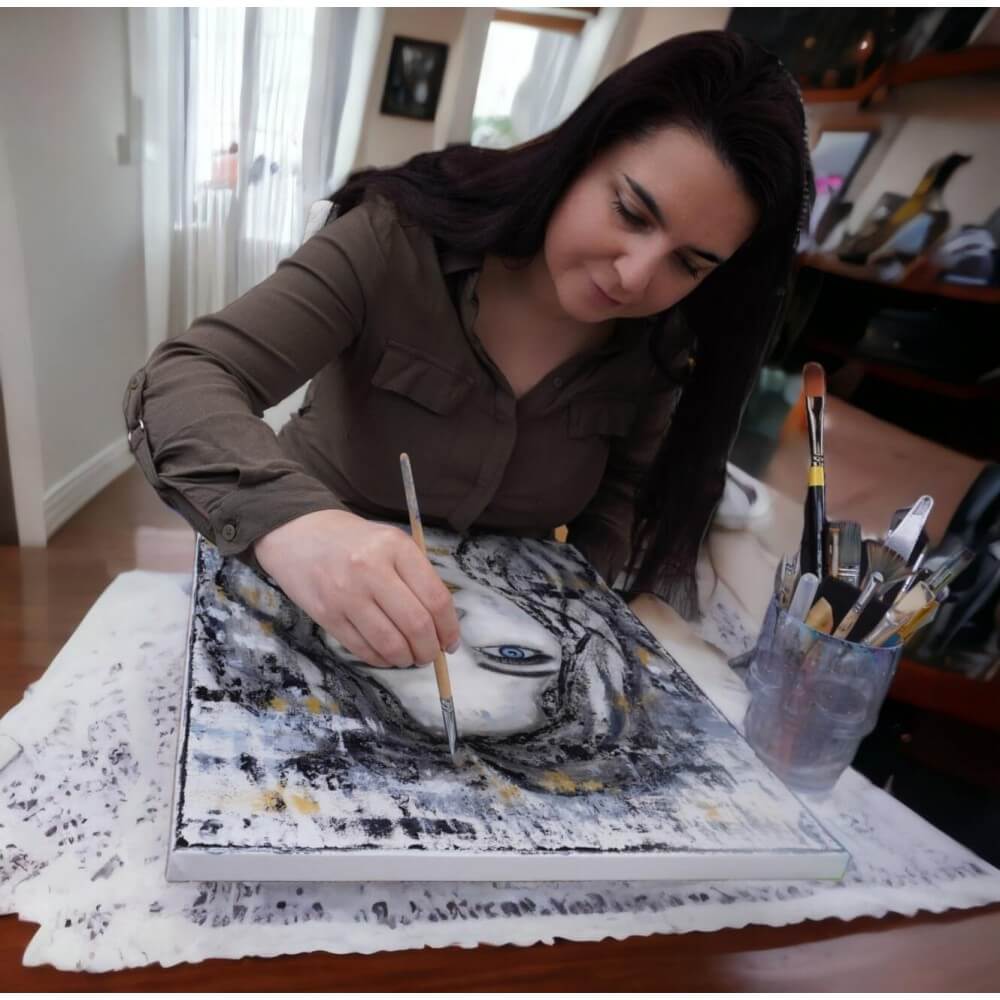Choosing the Perfect Brushes for Acrylic Painting | Beginner's Guide
Introduction
Welcome to our beginner's guide on choosing the perfect brushes for acrylic painting! As a budding artist, it's important to understand the different types, sizes, and materials of brushes available. By selecting the right brushes, you can enhance your painting experience and achieve the desired effects in your artwork.
Brush Types
Acrylic painting brushes come in various types, each designed for specific techniques and effects. Here are some common brush types:
1. Round Brushes
Round brushes have a pointed tip and a round ferrule. They are versatile and great for creating fine lines, details, and filling in small areas.
2. Flat Brushes
Flat brushes have a rectangular shape with long bristles. They are excellent for covering large areas, making bold strokes, and creating crisp edges.
3. Filbert Brushes
Filbert brushes have an oval-shaped, flat tip. They are ideal for blending, creating soft edges, and painting curved shapes.
4. Fan Brushes
Fan brushes have bristles spread out in the shape of a fan. They are used for creating textures, such as foliage, clouds, or grass, and for blending colors together.
Brush Sizes
The size of a brush refers to the width of its bristles at the ferrule. Brush sizes are usually numbered, with a smaller number indicating a smaller brush. It's recommended to have a variety of brush sizes to accommodate different painting techniques and details. Some common brush sizes include:
- Size 0: Extra fine details and intricate work
- Size 2-4: Small areas, thin lines, and details
- Size 6-8: Medium-sized shapes and coverage
- Size 10-12: Large areas and broader strokes
Brush Materials
The material of the brush affects its performance and durability. Here are a few popular brush materials:
1. Synthetic Bristles
Synthetic bristles are made of nylon or polyester. They are versatile, durable, and easy to clean. Synthetic brushes are suitable for acrylic paints as they withstand the medium's harshness and maintain their shape well.
2. Natural Bristles
Natural bristles are typically made from animal hair, such as hog or sable. They are ideal for oil painting but not recommended for acrylics, as the paint can damage the delicate bristles.
Conclusion
When choosing brushes for acrylic painting, consider your personal preferences, painting style, and budget. Synthetic brushes are generally a good option for beginners due to their affordability and durability. They offer excellent control and versatility for various painting techniques.
Remember to take good care of your brushes by cleaning them thoroughly after each painting session. Use mild soap and water to remove acrylic paint residue and reshape the bristles gently. Proper maintenance ensures that your brushes last longer and continue to perform optimally.
In conclusion, selecting the perfect brushes for acrylic painting is a crucial step in your artistic journey. Experiment with different brush types, sizes, and materials to discover what works best for you. As you gain more experience, you can expand your brush collection and explore specialty brushes that cater to specific effects or styles.
Happy painting!


